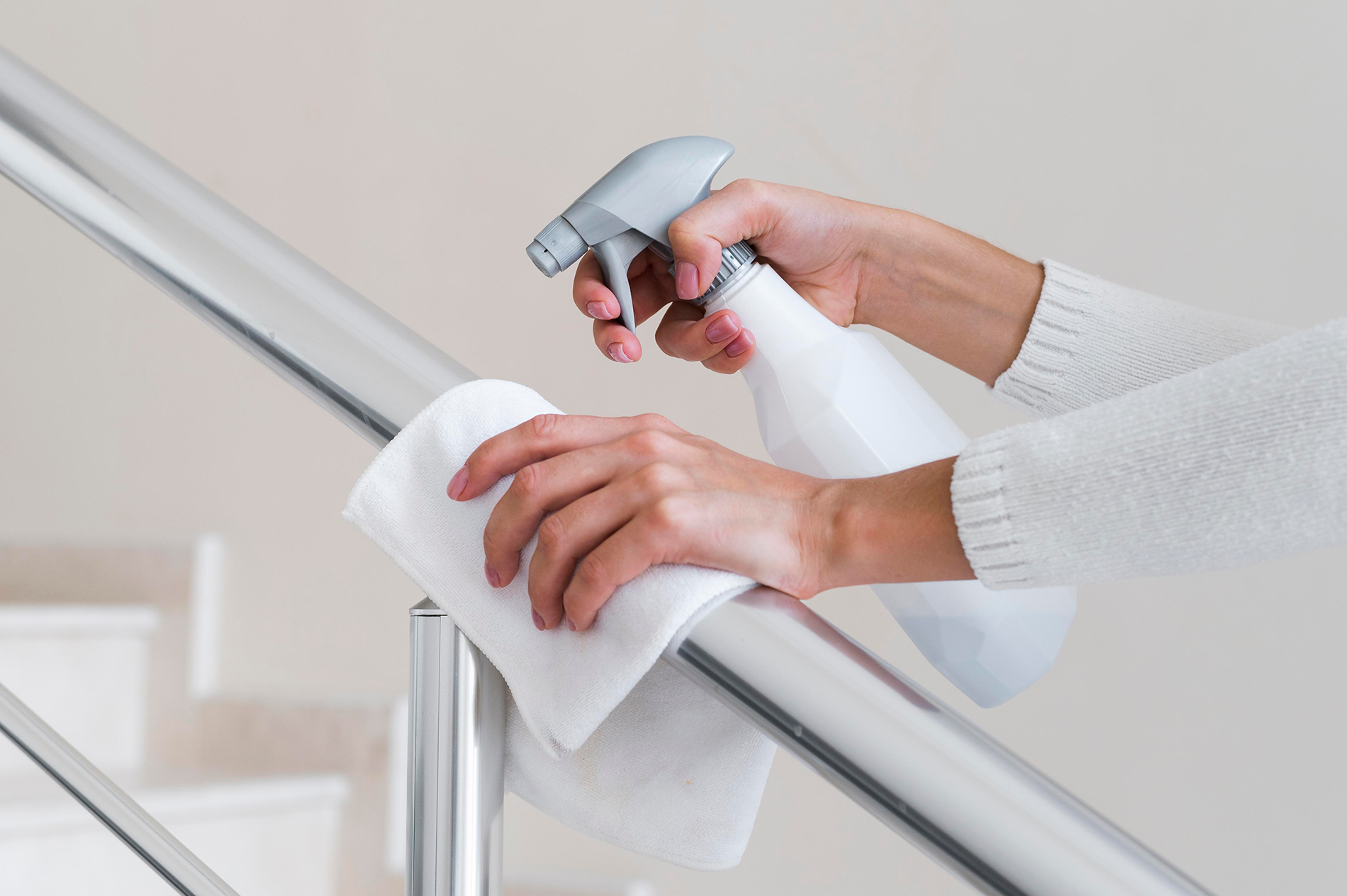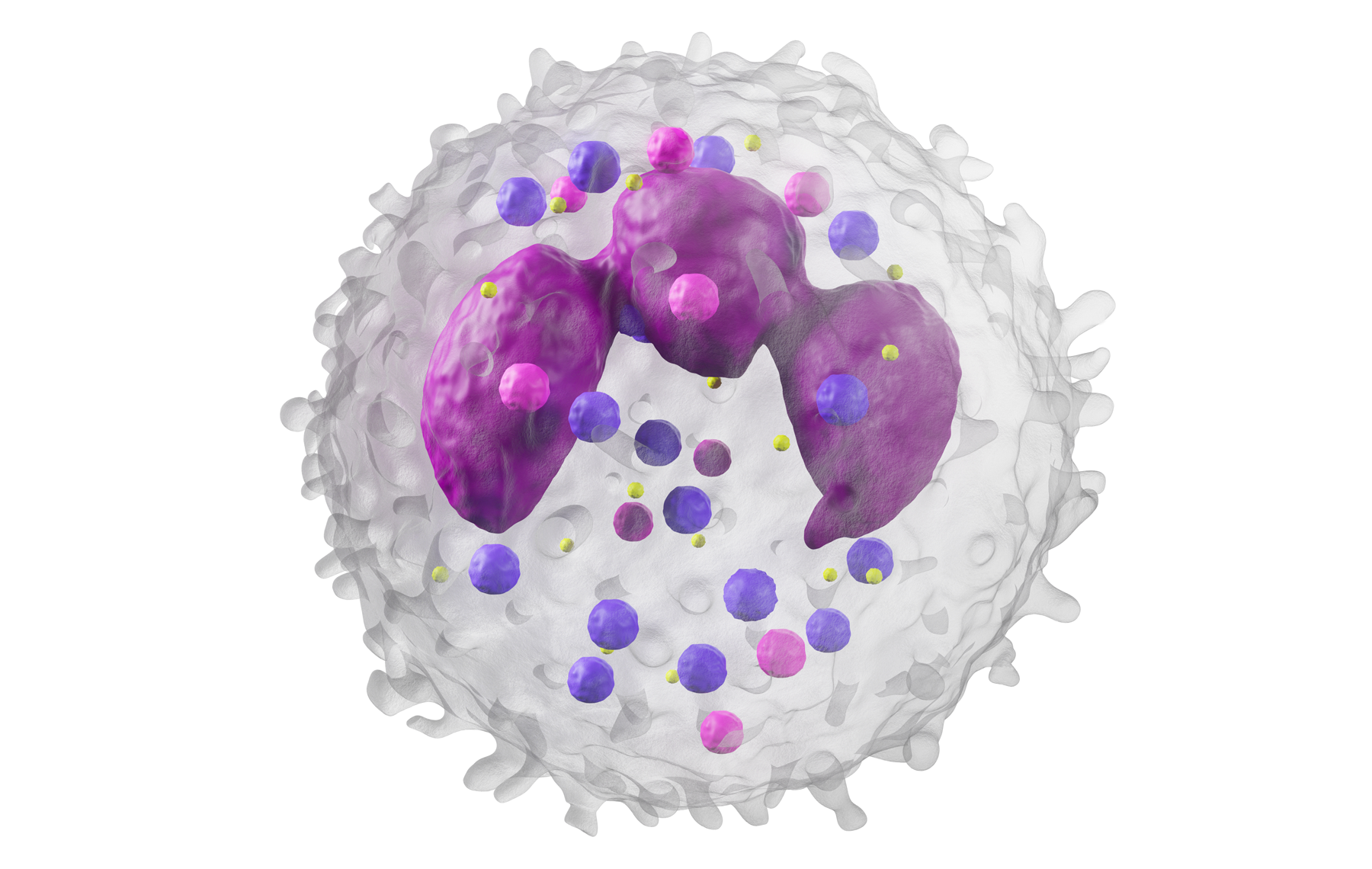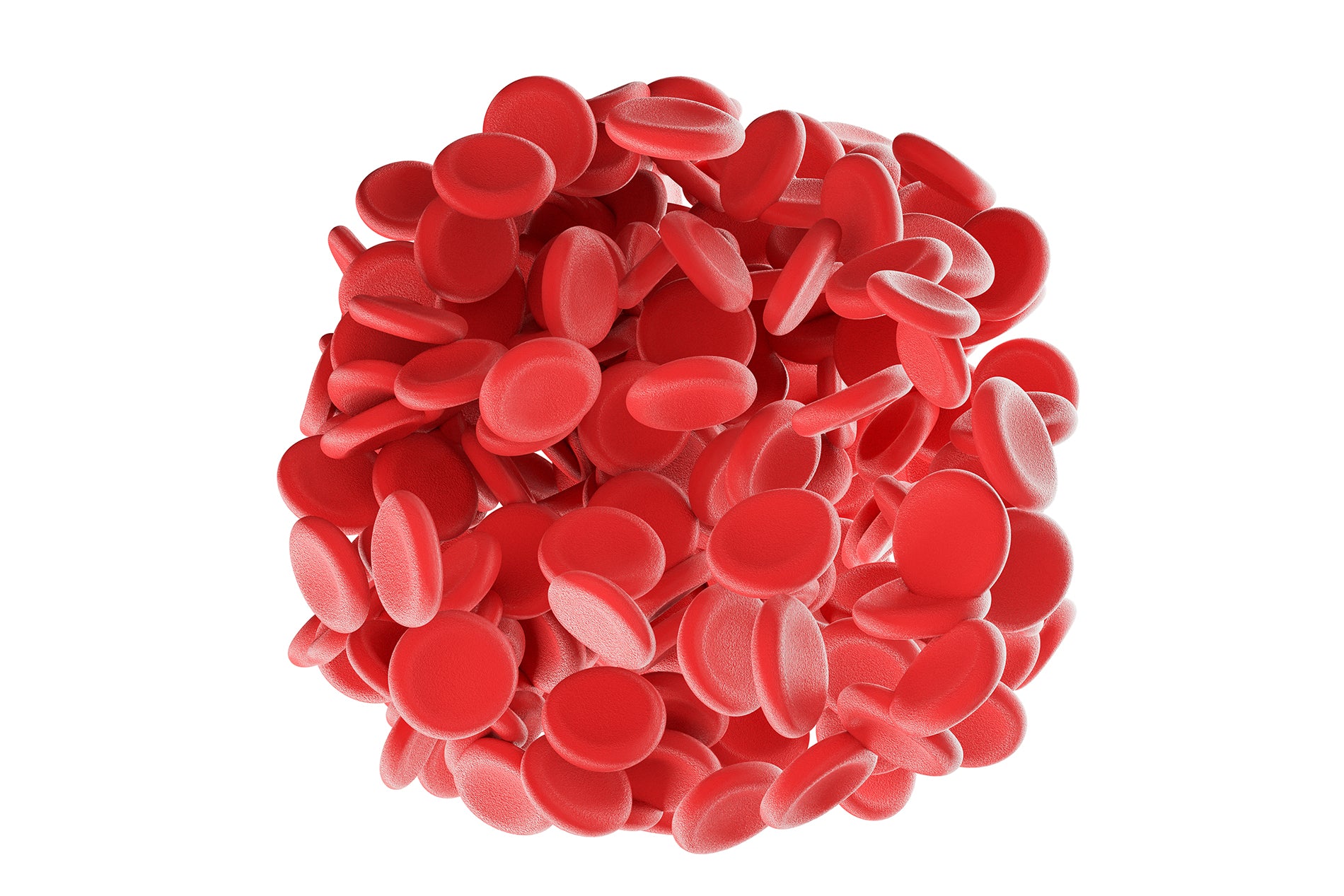
Activated and Electrolyzed Water: A Brief Review of a New Generation of Cleaners and Sanitizing Agents
Food Safety Magazine
August 1, 2010
A new technology has taken the housekeeping industry literally by storm this past year. It is activated water. The recent threat of an H1N1 pandemic severely impacting our public health prompted new and innovative ways for spot cleaning, particularly to clean frequently touched surfaces (frequently referred to as “high-touch” or “common-touch”) in institutions in which the flu finds an ideal fomital transmission environment, such as schools, hospitality, recreational and correctional facilities.
Because several states, as well as the U.S. Federal Government, are aggressively urging the housekeeping industry to embrace the concept of sustainability and green cleaning, coupled with the U.S. Environmental Protection Agency (EPA)’s Tools for Schools initiative, the housekeeping professionals have responded by seeking better ways of cleaning with products of lower toxicity and zero persistence in the environment. Not surprisingly, nothing meets this criterion better than water.
As sanitarians in the public health arena, we are not only concerned with cleaning but also with significantly reducing the bioburden as we clean. Additionally, by way of disease prevention, maintaining the potential bioloads of these surfaces as low as possible, under practical and cost-effective conditions, makes the use of water, in any form, ideal.
How Activated Water Products Work
As a sanitizing agent, the main “ingredient” behind the germ-killing effect of modern activated water devices is electroporation. This is a scientific process that applies a low-level electrical field to bacteria or viruses. This electrical charge creates holes or “pores” in the membrane of the cell, which breaks down the walls of the bacterial cells and kills them. It is also believed that pathogenic viruses are affected in the same way. Only when the unit is activated in which the water acts as a conductor does electroporation occur. With the newer hand-held devices, this entails spraying the surface constantly for 6 seconds to sanitize it. EPA-compliant Good Laboratory Protocol tests show that it works and is an effective, broad-spectrum sanitizer. One of the benefits of the electroporation technology is that it does not require contact or dwell time for efficacy. Contact with the spray itself was shown to cause an immediate 3-log reduction without any additional help from flushing or mechanical soil removal. Furthermore, the electrically activated water is completely safe and returns to its natural state in about 30 to 45 seconds. Studies show that electrically activated water cleans as well as, or better than, traditional general-purpose cleaning chemicals.
Full Article


